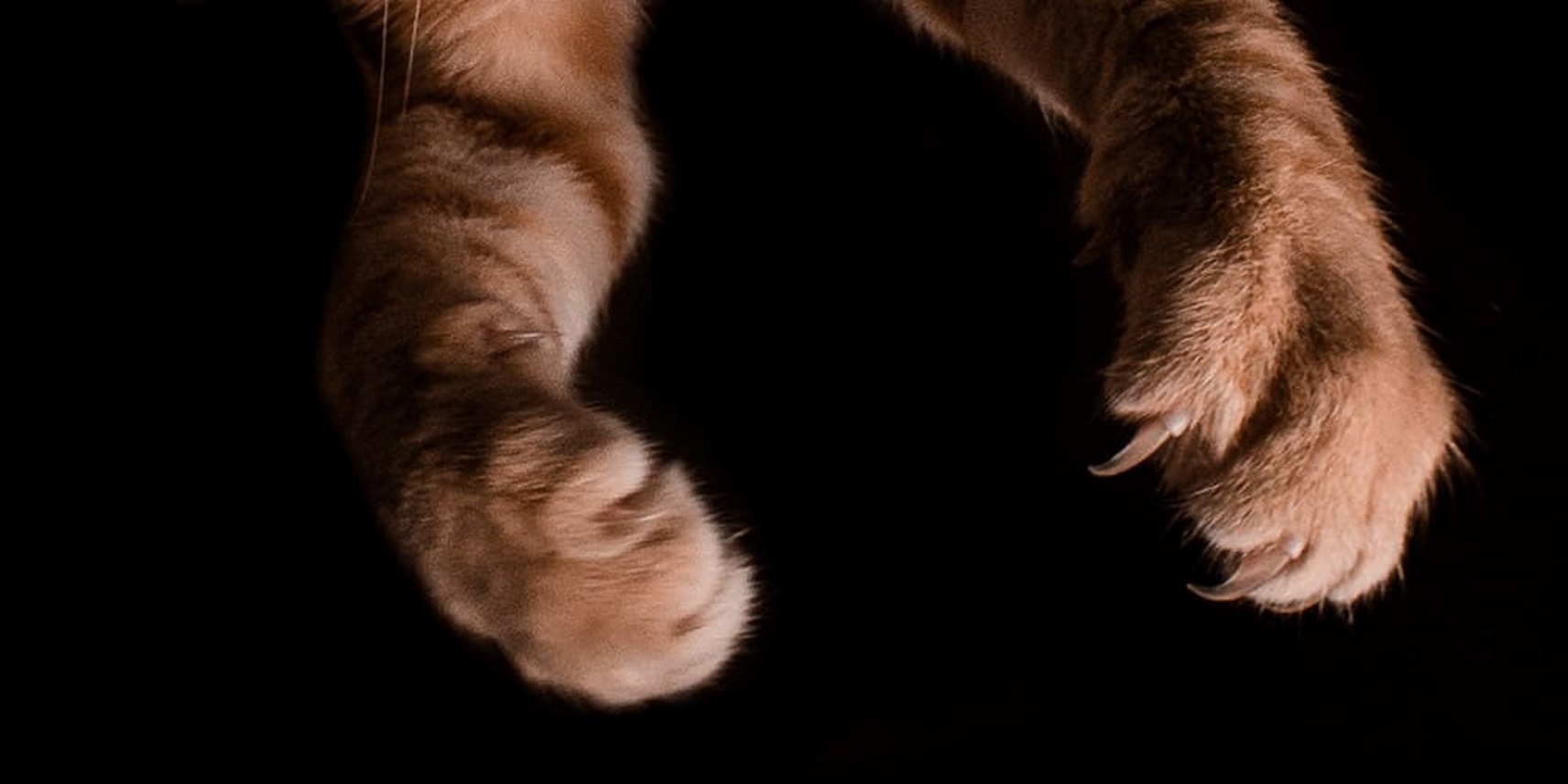Declawing cats - An unethical practice

If your cat is obsessed with destroying your furniture, is declawing an ethical option?
The practice of declawing is banned in Australia due to its unnecessary and harmful nature, with the exception of it being in the cat’s best interest, such as a medical issue that can’t be resolved another way. As an ‘unethical, cruel, and painful procedure’, many countries outside Australia have also made declawing illegal.
Cats need their claws, just as we need our fingers. They use claws for defence, eating and climbing. An outside cat that has had its claws removed will be in significantly more danger. Scratching is also a normal behaviour for cats, as it stretches their muscles, sheds their claws, and marks territory. Similarly, they need their toes; as digitigrade animals, they walk on their toes and therefore need them for balance. A declawed cat will have a difficult time balancing with part of their toes cut off. With this, due to how the amputation affects them, cats can experience chronic back and shoulder pain and arthritis after the surgery, as they have to adapt their way of walking.
When you think of declawing, you might assume that it simply involves removing the cat’s nails and a simple procedure that will save your furniture. This, however, is completely untrue. Declawing, sometimes referred to as an ‘onychectomy’, is essentially an amputation, where the cat’s first knuckles, the ones closest to the claw, are entirely severed. It’s a major surgery with lifelong effects. If not amputated, the nail will continue to grow back. The equivalent is having your fingers severed up to the first joint; imagine having your fingers cut off simply because you scratched some furniture!
Popularised in America, declawing domestic cats has been a common, selective surgery since the 1950s. There is only a small number of reasons why a cat is declawed, the most frequent reason being to stop a cat’s destruction of property, like couches, rugs, and curtains, and to stop the cat from scratching humans or getting into fights with another cat. More medically relevant, an immune-compromised person, like those who are chronically ill or an elderly person, might make the decision to declaw their cat as the bacteria cats carry can be dangerous.
Declawing can also cause tissue necrosis, meaning the muscle and flesh around the affected area dies. Their paws can become infected, nerves can become damaged, creating lasting pain, and claws will sometimes grow back, deformed, meaning a second surgery must take place, leading to continued, severe pain.
Once cats’ claws have been amputated, there will be a period of recovery, like all surgeries. As aftercare, newspaper is put in the litter tray to stop the litter from aggravating the wounds. This can upset the cat and lead them to refusing to use the litter tray altogether. And despite any pain, they might be in due to having their claws amputated, they will still have to walk, run and climb, further aggravating their wounds and prolonging the recovery period.
What to do if my cat likes to scratch?
Scratching is part of a normal, happy cat’s behaviour, though it’s understandable if you’re a bit frustrated by your couch and carpets getting ripped up. Thankfully, there are a few ways to stop the destruction and redirect your cat’s scratching to somewhere else.
Make sure that they have access to a scratching board, post, or mat, preferably close to the furniture they’re targeting. Next time they start up on your couch, direct them away to the scratching tool, encouraging them with treats and praise.
With scratching being such a fixable behaviour, Australian veterinarians indisputably say that declawing isn’t a safe or ethical choice for your cat. If you have any concerns about your cat’s behaviour, your local vet will be sure to help you out and offer a range of healthy alternatives.